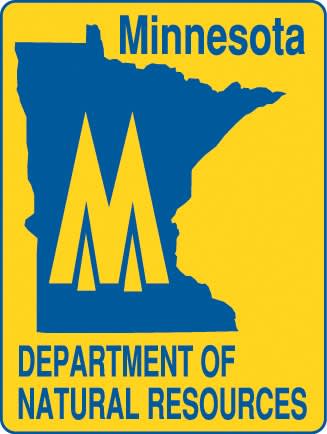Restrictions on Campfires and Open Burning in Southeastern and Central Minnesota Take Effect Sunday

The Minnesota Department of Natural Resources (DNR) is adding counties in the central and southeast portions of the state to the burning restrictions already in place in northwestern and north-central Minnesota. The additional counties will be placed under tighter restrictions beginning at 1 a.m. on Sunday, Oct. 7.
The new counties having limitations placed on campfires and open burning include: Aitkin, Anoka, Carlton, Carver, Cass, Chisago, Crow Wing, Dakota, Fillmore, Goodhue, Hennepin, Houston, Isanti, Olmsted, Pine, Ramsey, Scott, Sherburne, Wabasha, Washington, Winona, and Wright.
These counties are in addition to the 22 counties that were put under restrictions on Sept. 23. There are now 43 counties under the Commissioner’s Order, prohibiting open fires other than the types of campfires described below, which can be no more than 3 feet in diameter and height.
Campfires or recreational fires outside municipalities are allowed only in a designated receptacle designed for such use and associated with a residence, staffed campgrounds such as state parks, or resorts. No burning permits will be issued to the general public and use of fireworks will not be allowed outside of municipalities.
Counties in southwestern Minnesota have also implemented restrictions, but these vary by county. Check the DNR website at www.mndnr.gov for counties that have stricter regulations in place. Contact local sheriff’s offices for exact regulations.
The severe drought and windy weather has brought wildfire conditions to the point that fires start easily from sparks or windblown embers and spread extremely fast. Presently, without the ability to use water to drown campfires, it will be difficult to properly extinguish them.
The DNR and other wildfire agencies in the state have brought in additional resources and placed them on a Level 5 alert, the highest planning level. The Minnesota Incident Command System agencies are concerned that prolonged lack of rainfall has allowed even the large woody debris and standing conifer trees to ignite easily as well as areas with peat soils. Both lead to difficult demands on firefighting resources to protect life and property.
According to the DNR, fall weekends bring many people outdoors to recreate, including hunters, campers, and others who want to have campfires.
The DNR urges everyone to use extreme caution where campfires are allowed. Charcoal fires are not limited at this time, but they should not be left unattended. Make sure fires are completely out before leaving. Dry ground can burn. People are responsible for costs to extinguish a fire if it gets away.
Recreationists should also pay attention to parking locations in the woods. Hot engines and catalytic converters can ignite fires, particularly in these dry conditions. Check that spark arrestors on recreational vehicles are working properly.
Fire conditions change quickly. For more information and maps, and to check fire conditions, visit www.dnr.state.mn.us/forestry/fire/firerating_restrictions.html.

